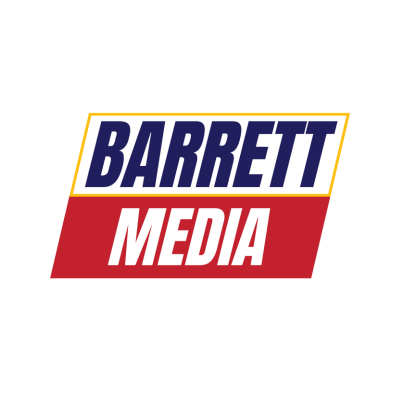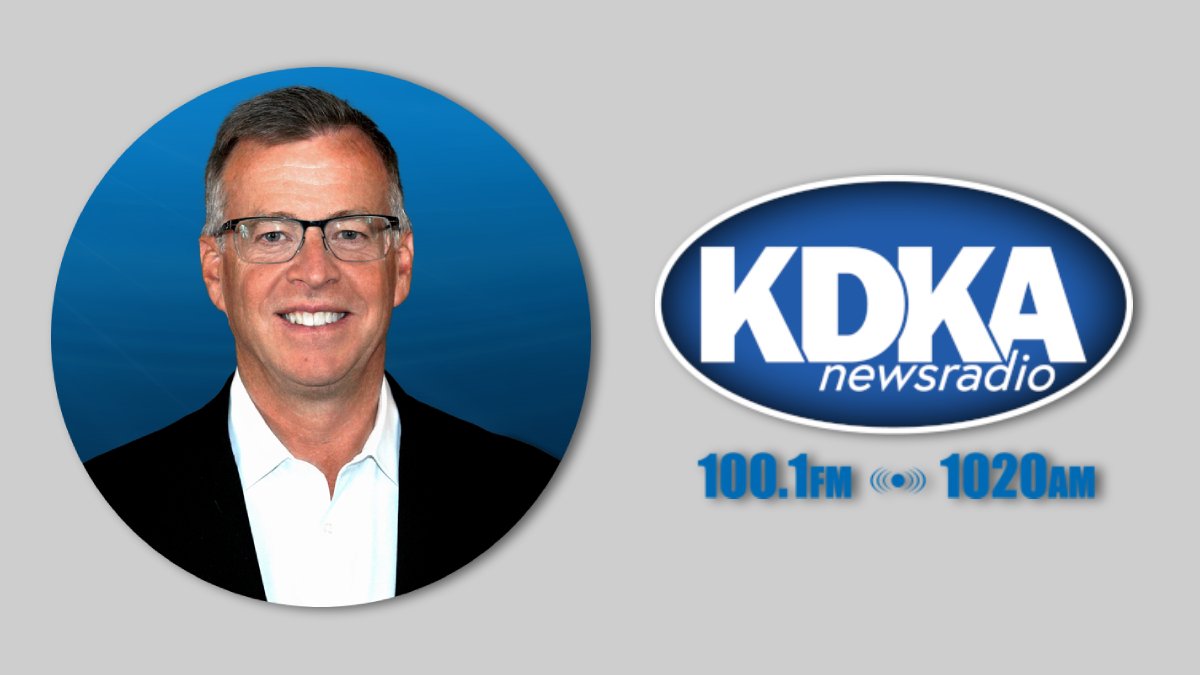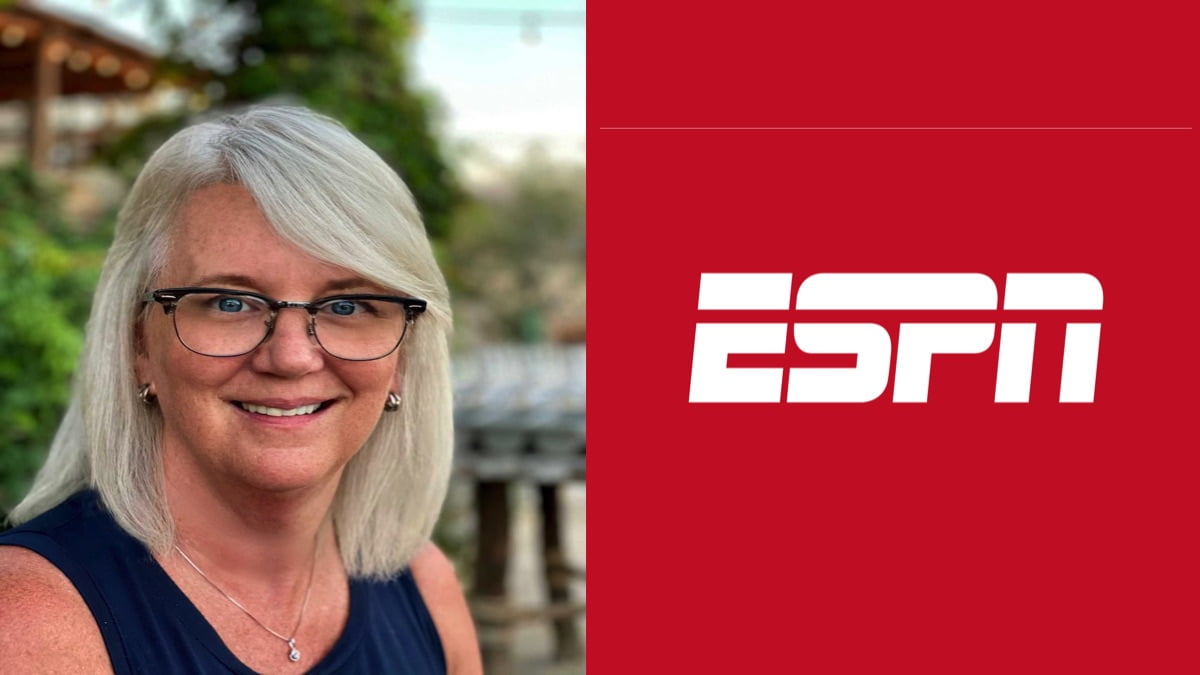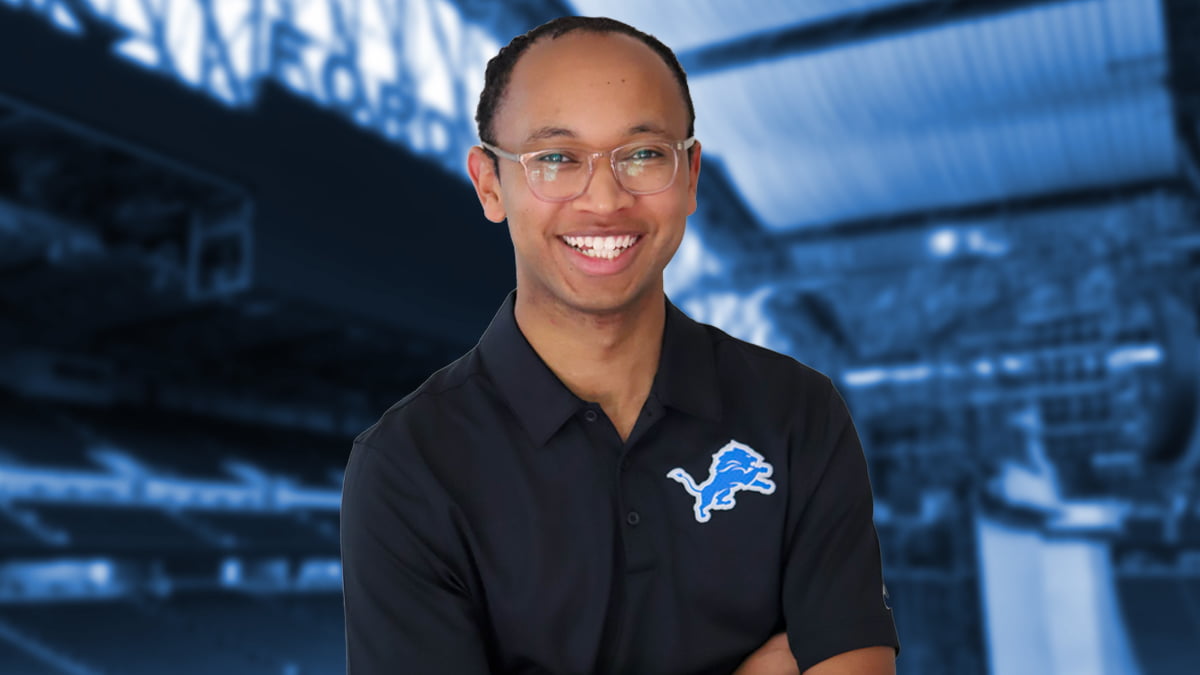After the 9/11 attacks, new KDKA morning show host Larry Richert decided not to take any time off. He wanted to stand in solidarity with a grieving city and become a familiar and trustworthy voice for Pittsburghers. Although he was already a well-known figure in the town, this was a new role for Larry Richert, and he worked hard to build a bond with his audience. By the end of 2001, he had achieved his goal and became the trusted voice he had set out to be.
Audacy’s KDKA NewsRadio was the first ever radio station to broadcast in the United States. Recently, the station celebrated its 102nd anniversary. The challenge facing news/talk radio formats today and in general is embracing different distribution capabilities to attract newer and younger listeners.
For displaced Pittsburgh residents, the Audacy app has been an incredibly useful tool to stay connected with KDKA, a station that has kept Pennsylvania informed for over a century. Larry Richert is aware of these challenges. He also understands the importance of having high-quality content. That’s why, when Audacy paired him with Marty Griffin last year, Richert knew that the station would remain relevant by providing access to local insiders and newsmakers that nobody else could.
It has been exactly 22 years since Larry Richert took over the legendary and late John Cigna’s role at KDKA. In an interview with Barrett News Media, Richert shares his gratitude and optimism for the future of KDKA. The interview delves into why Richert decided not to take a break when he was first hired, how he established a strong trust with the city he loves, and his opinion on how The Big K Morning Show has performed 13 months after its launch.
Ryan Hedrick: KDKA paired you with midday host Marty Griffin last year. How has the transition been from one co-host to another?
Larry Richert: Marty has spent time in a number of investigative roles on radio and television. So, I knew Marty’s style, and I know Marty’s kind of emo, so it wasn’t that difficult to place him with me. He had been solo working midday talk for a long time. I’ve always had a partner, so maybe it was more of an adjustment for him.
Mornings are a different animal where you try to balance the hard-hitting investigative stuff with some levity too. I think we’ve started to find that balance.
RH: A lot of listeners want to be entertained and informed in the morning without being bombarded with hard news. How do you balance entertainment and information?
LR: It’s important that the audience knows us. My style is more laid back and middle-of-the-road. I wouldn’t say it’s Mr. Rodgers’ neighborhood (laughs). Marty brings an edge, and the balance of the two carries the day, especially when there’s breaking news. The biggest advantage Marty brings is that he has an incredible list of contacts from every possible angle. So, when things develop, he’s often the first to know about it because he has men and women in the field who supply him with information.
We still live by the old tenets of journalism: who, when, what, where, and why, checking sources, but we have an edge because of the relationships. Between his [sources] and my [sources], we feel confident that we can reach out to just about anyone in the region, no matter the news story.
RH: 22 years ago, you replaced John Cigna at KDKA. Five days later, the 9/11 terrorist attacks occurred. What was that time like for you?
LR: I’ve been with the radio and television company for 35 years. Prior to the morning show, I was the evening weather anchor for our CBS affiliate when we were under the same umbrella as KDKA Television. I was coming off a weather career, and prior to that, I was the midday host at KDKA Radio.
I was concerned because the late John Cigna was on the morning show for 18 years. He had this big personality; everybody knew him and had 10 years prior to that in evening talk, so everybody knew him and had a distinct style. My concern was, I’m not going to be that guy. I figured it was going to take some time and a real concerted effort to change that narrative. Just coincidentally, I was officially, publicly, named the official replacement for John five days before the 9/11 attacks.
RH: Were you on the air during the 9/11 attacks?
Larry Richert: I had a few days off after we made the official announcement. I was golfing with my father, and I got a report that a plane had hit the Trade Center. Initially, we thought it was a small private plane in the building, and then by the time we realized the gravity of the situation, we went inside, and I went home.
I called the station, and of course, they were evacuating tall buildings in Pittsburgh. In Somerset, Pennsylvania, aircraft came within sight of our tallest buildings in Pittsburgh. I wasn’t on the air that day. Over the next couple of days, I went on the air, and we talked about the events.
RH: KDKA became the first radio station in the US to broadcast live. How does it balance its rich history with staying relevant?
LR: I think it’s a brand that really resonates locally when something happens; people tend to immediately seek us out. We try to stay relevant by making sure that we are plugged into the local community so that we know what’s going on. That challenge remains the same, and it’s been more and more challenging as there are more and more ways for people to be distracted. Back in the day, you had our radio station, and it was the only relevant news station in the region.
You talk about the old days with 70 shares, just these incredible numbers. We have to fight very hard. We do that by bringing in people to talk about the news of our region and using our social media to enhance and help direct people to know when to come to us.
RH: What changes have you seen in our industry that you wish would go away or that you could change?
LR: I just want people to understand, especially young people who might not have the benefit of knowing about what real journalism is, checking sources trying to remain neutral, and presenting the facts as they are. I want to share with people that when you send out a Tweet, an Instagram post, or any other type of social media post, you can’t rely on what you see or hear as a fact. So, you have to be vigilant and detect [false news] before sharing something that isn’t true. That happens a lot.
RH: What is the difference between doing a one-person and two-person talk show?
Larry Richert: It expands the conversation. We have the news component with Paul Rasmussen, who is network quality, so we have that component, and then we have our interviews with newsmakers. We also have opportunities to just discuss family matters and other things that we feel are relevant.
With another person, you can create a dialogue. Plus, we have a producer named Samantha Magill, a young, sharp, up-and-coming young lady with a completely different view. It’s fun to be able to discuss some topics among ourselves and then take phone calls. I think it would be very challenging just to do a solo talk show without that ability [to have those conversations].










